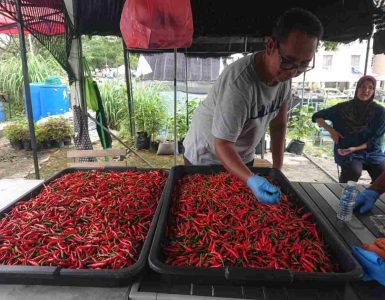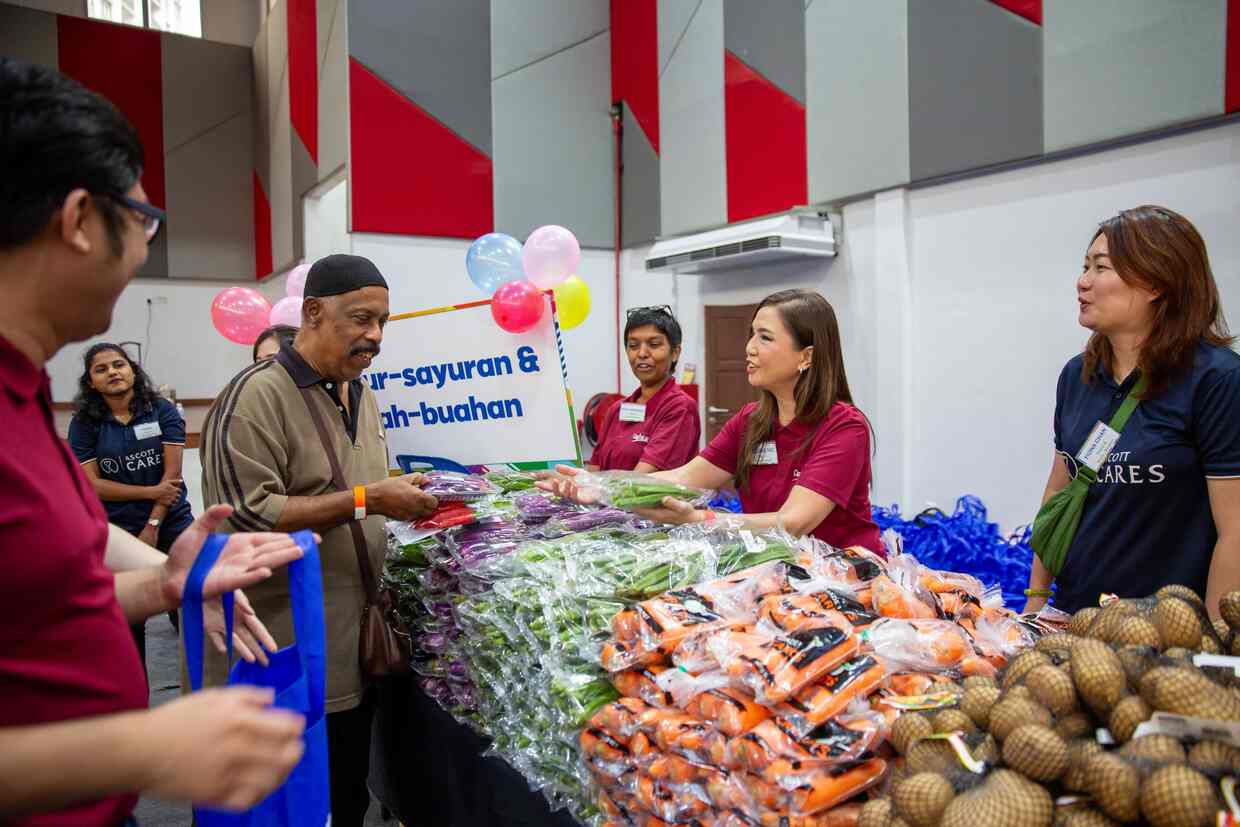By LC Bulan
To make way for the dam, approximately 10,000 indigenous peoples, including the Kayan, Kenyah, Kajang, Ukit and Penan were involuntarily uprooted from their ancestral homes in 1998 and 1999.
Most were forced to move to the government-sponsored Sungai Asap resettlement site (above), while a few communities moved further upstream. For these communities, resettlement involved the loss of both material and non-material assets, dismantling much of their physical, human, social and cultural capitals. In general, however, government officials viewed displacement and resettlement as a small price to pay given all the projected and ostensible benefits that Bakun would deliver.
Town square in Asap, Belaga (above). Relocation and resettlement in Asap required a fundamental shift in the way of life of these communities. Previously they had occupied approximately 70,000 hectares of ancestral lands. In contrast, the entire resettlement area is just 4,000 hectares, about 30 hectares per family, and in a cash-economy that requires them to purchase food and other necessities.
A farmer walks back to her longhouse in the Sungai Asap Resettlement Site after a day’s work (above). More than a decade after resettlement, the people in Asap are struggling to escape poverty and improve their livelihoods, in very difficult conditions that they have no choice about. Of the various human insecurities faced by the population, economic and food insecurity are the primary challenges.
A Kayan man weaves a basket used to carry agricultural produce (above). One villager said, “In Ulu Bakun, before we were relocated, we needed no money.
We could walk out the front of our longhouse and there was the forest, there was everything we needed, fish, pigs, water.”
Continue Sarawak: Score an own goal? (Part 4)















